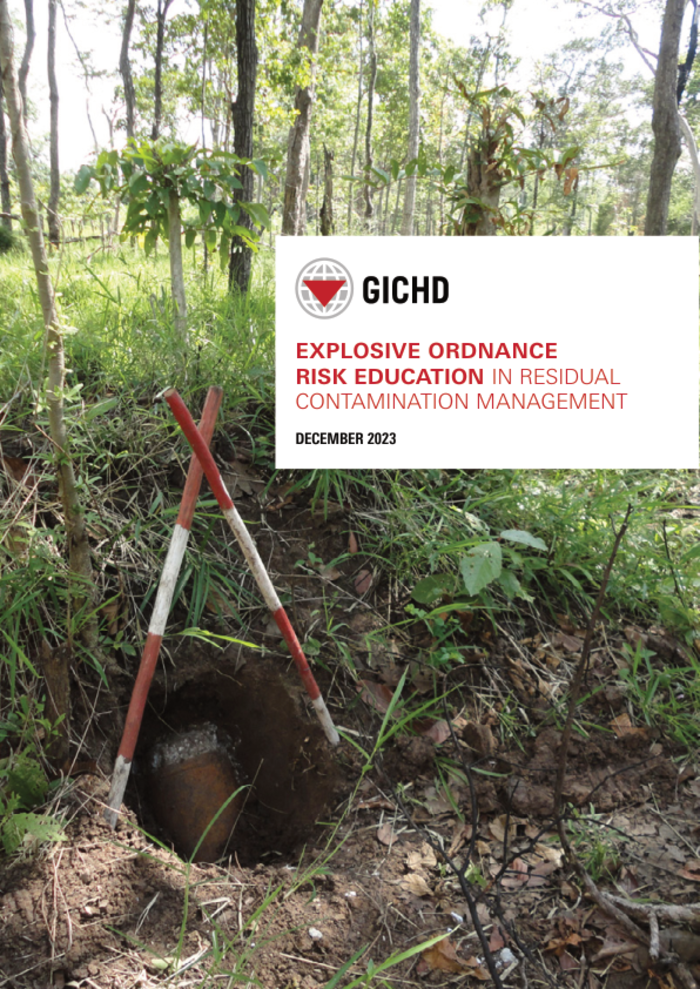19/12/2023
“If you ever come across anything suspicious like this item, please do not pick it up, contact your local law and/or enforcement agency for assistance”.
An estimated 60 million people live with the threat of explosive ordnance, some for decades after conflicts end. Explosive ordnance, such as landmines and unexploded cluster munitions, pose significant risks and claim thousands of lives every year, most of them civilians. There is a powerful tool that can empower civilians to protect themselves with safer behaviours: explosive ordnance risk education (EORE). Launched today, the new GICHD study entitled ‘Explosive Ordnance Risk Education in Residual Contamination Management’ discusses the need to inform and educate people about explosive ordnance when managing residual contamination. EORE provides people with the vital knowledge needed to recognise, avoid, and report potential explosive ordnance hazards. Based on an understanding of casualty data, the type of contamination, and the mechanisms that drive behaviour of at-risk populations and those that lead to behavioural change, EORE campaigns empower individuals and communities to reduce the risks to themselves and their loved ones. Over the years, a wide range of approaches to EORE have been used in mine action programmes worldwide. Much less attention, however, has been given on how to approach EORE when dealing with residual contamination. Residual contamination refers to explosive ordnance contamination remaining following all reasonable efforts to identify, define and remove all presence and suspicion of explosive ordnance. This leads to residual risk and the need for on-going EORE. The ‘Explosive Ordnance Risk Education in Residual Contamination Management’ study presents current EORE practices and lessons learned in four selected South-East Asian countries, as well as in other countries that engage in residual contamination management and it highlights key considerations related to the planning, implementation and monitoring of explosive ordnance risk education in residual contamination management. Click here to read the publication and learn more about the preconditions needed to set up a successful EORE programme in residual contamination management.
Dear editors, Biography of a bomb is aimed at highlighting the danger caused by unexploded bombs. Moreover, the most important aspect is that we work completely non profit, what drives us is raising awerness about this topic. We make use of your pictures and articles, but we need them to put a context in how findings are done. We trust in your understanding. We will (and we always do) cite the source and the author. We thank you for your comprehension.





